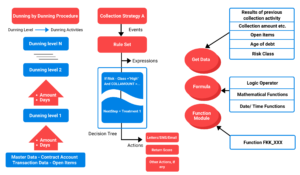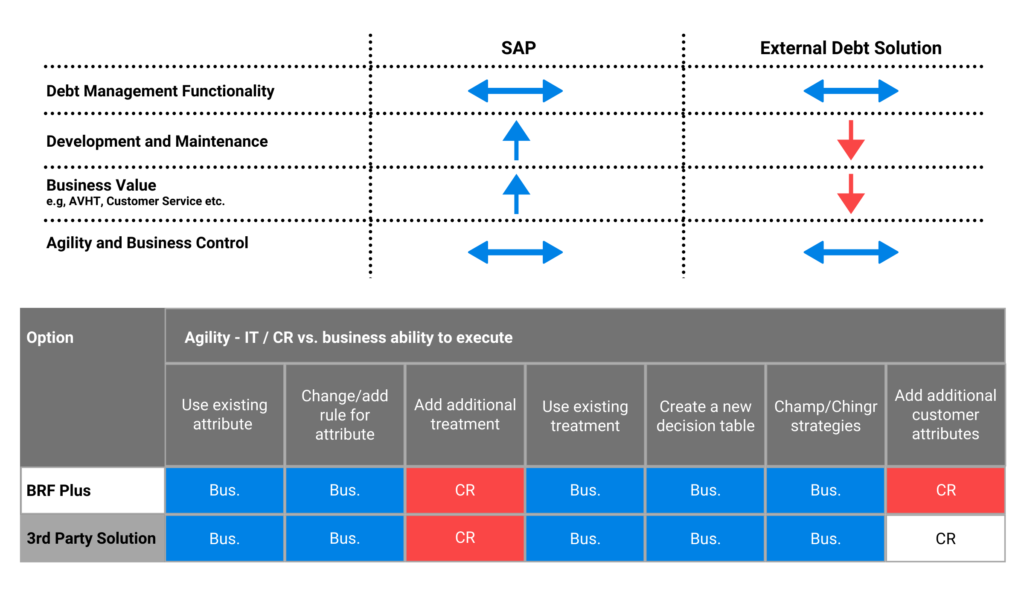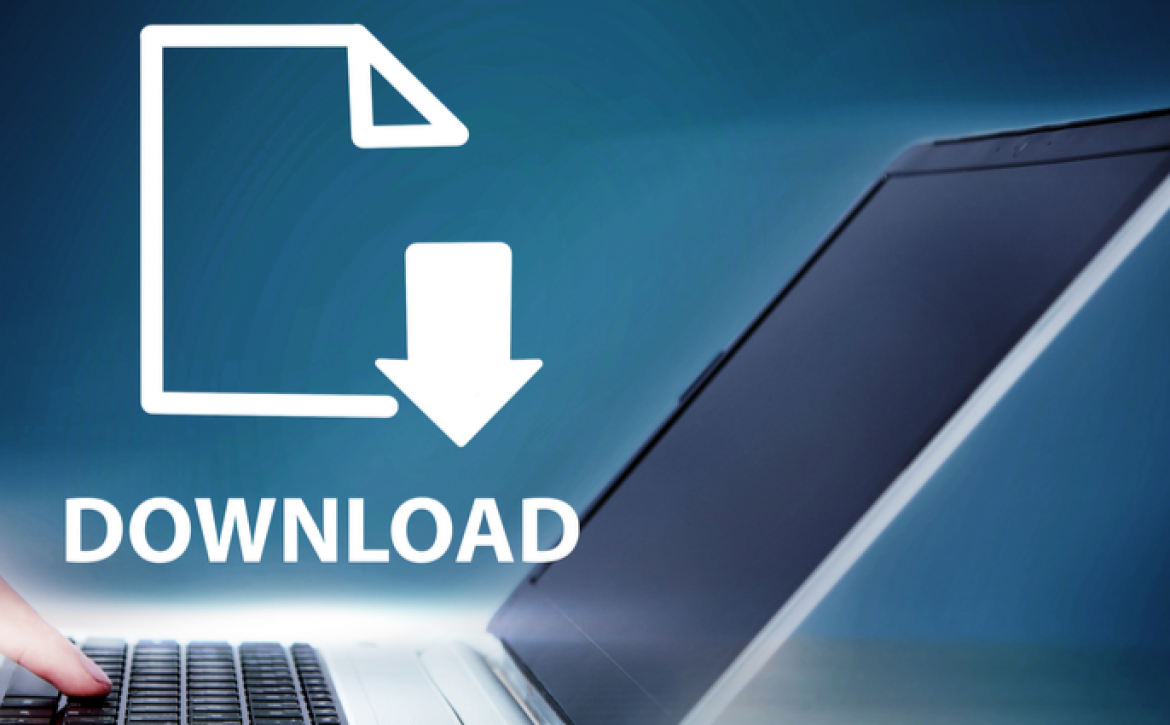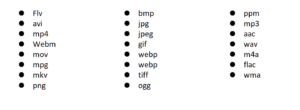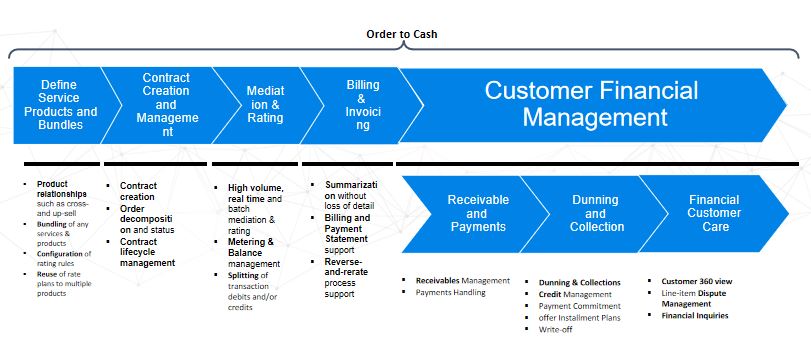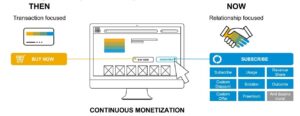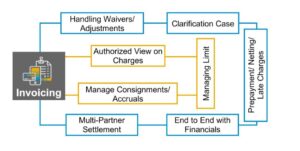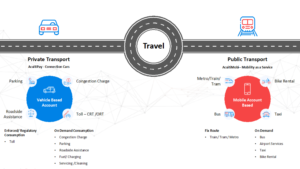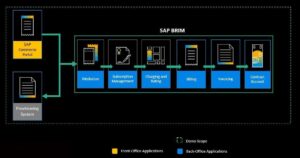Why Debt Management is so pertinent for Businesses today?
Do you know with continuing economic slowdown and increasing unemployment, household incomes have been squeezed making it difficult for companies to manage debt.
At the same time, Liberlization & intensifying competition in various markets have posed risk for companies. This is why Debt Management is considered to be really important for businesses today. It is interesting to understand how companies with larger customer base like Utilities, Telecom etc. can be innovative in managing their debt. And how SAP is the right choice?
Let’s go into the details of these question! Companies in Utilities, Telecom, etc. businesses work on the process of capturing consumption and raising bills for their customers. Once these bills are generated, they are sent to the customers giving them a certain period of time to pay the dues. Problem arises when customer do not or cannot pay the due amount in time. This is where companies have to following up with the customers. Challenge with the business process is that due will not become a ‘debt’ until the due date has been traced.
Let’s understand this with an example. Assume that there is a bill with due date of November 25. If the bill remains unpaid, companies will begin the follow up process only after November 25. This follow up with customer over unpaid dues through various channels is part of Debt Management and termed as Collection Strategy.
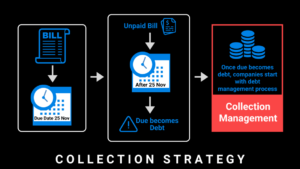
With millions of customers and invoices to be traced daily, the process requires a robust and efficient tool. This is where SAP provides a powerful tool capable of identifying unpaid customer and invoices, segmenting based on various attributes and perform reminder activities .
So, for Debt management, we use SAP Collection Strategy with BRFPLUS.
Understanding SAP Collection Strategy with BRFPLUS
Based on Business requirement, Collection Strategies are defined in SAP system for different segment of customers. These strategies when executed retrieved all attributes defined in BRFPLUS for each customer to decide the Next Best Action.
When due becomes Debt!
When in a customer account, due becomes debt, the automated process identifies the overdue invoices and how long they have been overdue. All such customers are placed in a defaulter list and this is where debt follow-up beings. Based on parameters like days in arrear, amount of debt, credit profile, last follow-up actions; the list is segmented and the next best action is identified for each customer.
SAP Collection Strategy with BRFPLUS provides a platform which can scale the solution to include dynamically calculated parameters based on mathematical formulas and even can call Function Modules.
Sending Reminder Messages
Next Best Action for Debt Management can range from sending reminder message through text, email to posting charges to performing remote disconnection if customer is not paying of their debt. The most common way that companies follow is to send reminder messages to such customers. If the customer still does not make the payment then, the company decide to send letter or email warning them about the debt, and also the late charges (if applied). This sequence of steps are known as the collection step.
Simplified process with web-based user friendly UI
SAP Collection Strategy with BRFPLUS also offers a web based user friendly UI which enables Business to take control of the strategy changes. Any change to an existing strategy or creation of a new strategy is now no more an IT change. It also allows running multiple strategies to perform Champion-Challenger & do success valuation to identify which strategy is performing better.
Various option available to ensure changes made by Business in the strategy are risk free like simulation run after strategy change or running the changed strategy on a subset (%) of customer base helps Business check if changes made are aligned to their expectation else can be reverted back to existing version.
Seamless integration with 3rd party Debt Collection Agencies
SAP Collection strategy provides seamless integration with 3rd party Debt Collection Agencies. Let’s talk about a scenario where even after using all means to correspond and remind customer of the overdue, the payment is not received. In such cases SAP allows out of box integration with 3rd party agencies specialized in debt recovery. It allows 2 way interaction where information of all such customer and their debt is passed on to the DCAs and collection or any other feedback shared by the agencies are then accepted in the system. This is an ongoing process where any change recorded on customer’s master data or debt position is informed to the DCA and DCAs either inform companies of the payment they have received or they also mark closure to case in certain scenario.
Advantages of SAP Collection Strategy
- Robust
- Flexible
- User-friendly
- Agile
- Scalable
- Seamless integration
- Reduced TCO
- No requirement of getting a new licence
SAP Collection Strategy is not only more superior than its predecessor but also offers all features which other best in breed Debt solution available in the market. With no new licences requirement and no need to maintain complex integration between Billing system & Debt Management system; reduces TCO drastically, making the solution a win-win in all respect.
Why Acuiti Labs for Debt Management?
On Debt Management transformation, Acuiti Labs has collaborated with clients across industry segments like Utilities, Telcom, Postal, Port and supported them in containing their Debt position not only by technology implementation but also by offering Industry best practices. With experts having domain experience and strong technology capability in the required field, we, Acuiti Labs, are best placed to understand your Business objective and co-create the desired solution.


